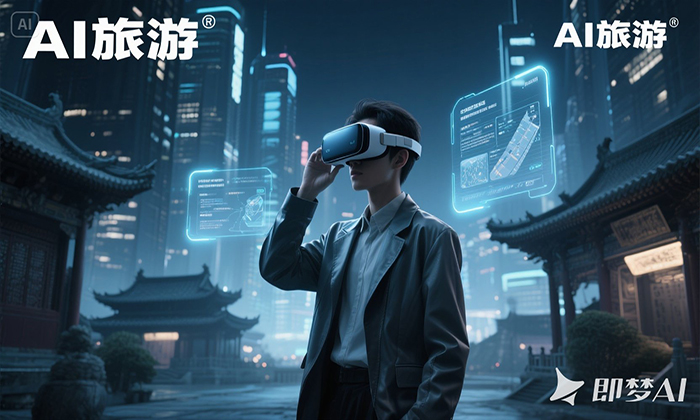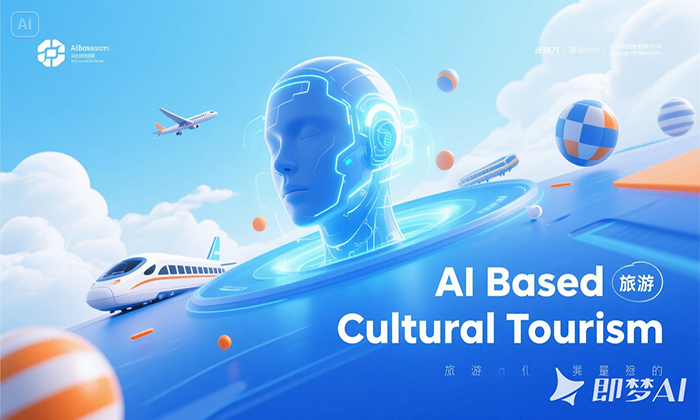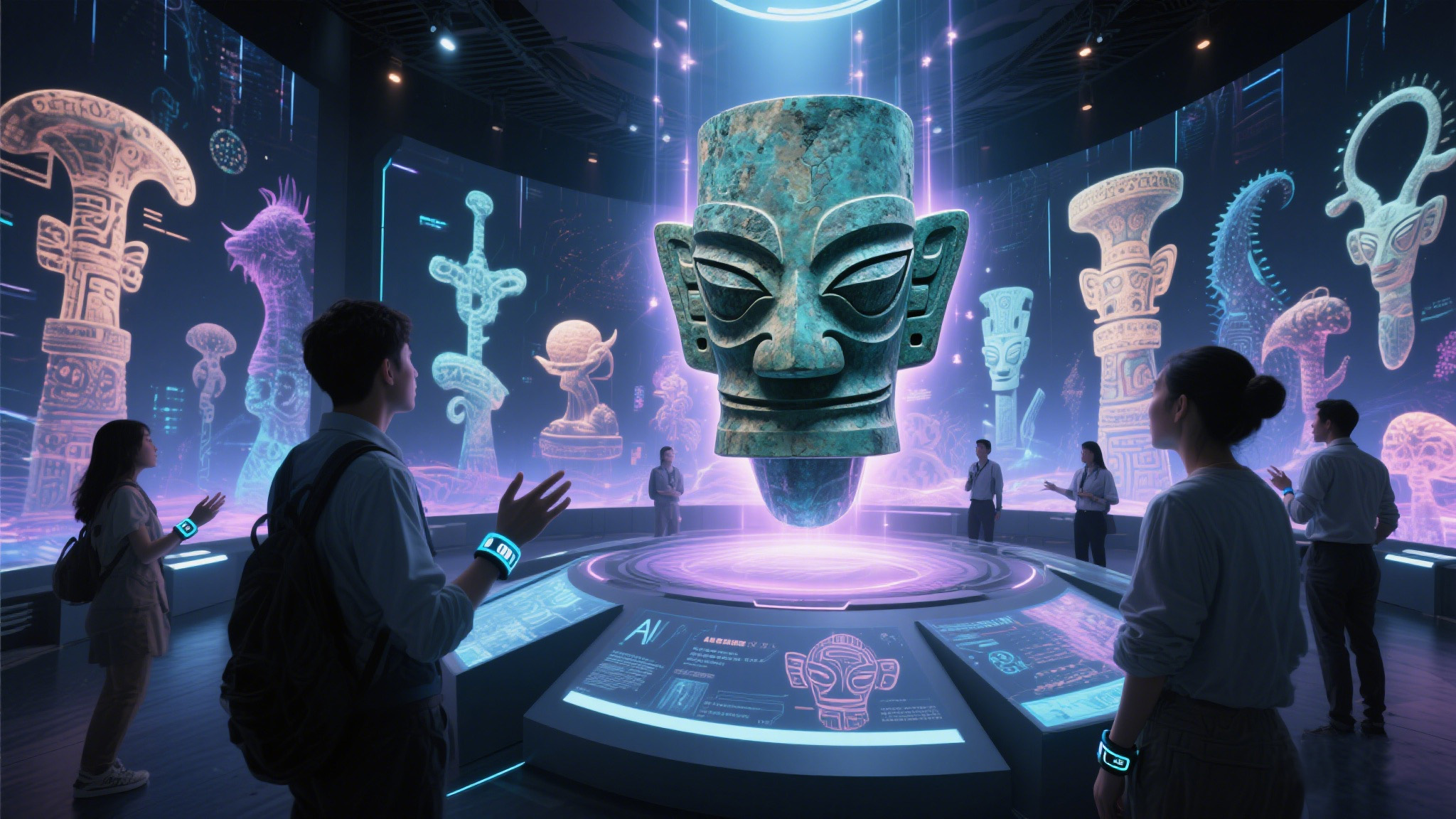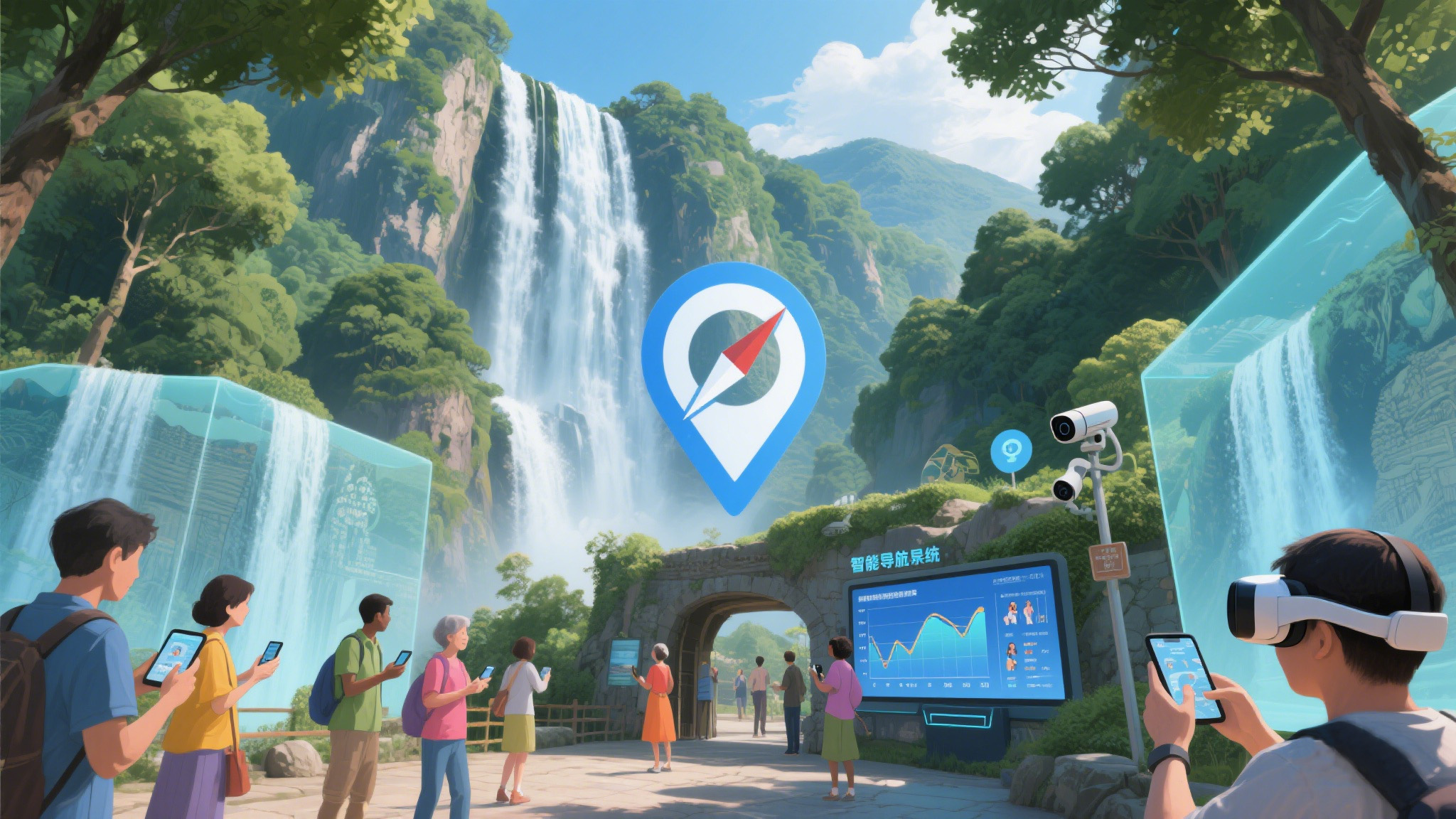AI-Powered Cultural Tourism: The Rise of IP-Driven Travel Experiences
In recent years, the fusion of artificial intelligence (AI) and cultural tourism has given birth to a dynamic new trend: IP-driven travel experiences. Intellectual property (IP), whether from films, games, literature, or original cultural creations, has become a powerful magnet for tourists. With AI's transformative capabilities, these IPs are no longer static stories but immersive, interactive journeys that captivate global travelers.
The Power of IP in Modern Tourism
From Disney’s magical kingdoms to the Lord of the Rings tours in New Zealand, IP-based tourism has long proven its appeal. Today, however, AI is taking this concept further by enabling hyper-personalized and engaging experiences. Imagine stepping into a virtual ancient city guided by an AI-powered historical figure or interacting with digital avatars of beloved characters in real-world settings. AI breathes life into these narratives, making them more vivid and accessible.
How AI Enhances IP Tourism
-
Personalized Storytelling
AI algorithms analyze tourists’ preferences to tailor experiences. For example, a fan of Harry Potter might receive a customized itinerary featuring augmented reality (AR) quests in real-world locations, while a history enthusiast could engage in AI-generated dialogues with a virtual Shakespeare. -
Immersive AR/VR Experiences
AI-driven augmented and virtual reality allow travelers to "step inside" their favorite IPs. China’s Chang’an Twelve Hours theme park, inspired by a hit TV drama, uses AI and AR to recreate Tang Dynasty streets, where visitors interact with AI-powered merchants and performers. -
Smart IP Characters as Guides
AI chatbots and holograms based on iconic characters—such as Sherlock Holmes or Journey to the West’s Monkey King—can serve as digital tour guides, offering real-time storytelling and answering questions in multiple languages. -
Dynamic Content Generation
AI can generate real-time narratives based on visitor interactions. For instance, a Game of Thrones-inspired tour might adjust its storyline depending on tourists’ choices, creating a unique experience for each visitor.
Case Studies: AI-IP Tourism in Action
-
Sanxingdui Museum (China): AI and VR bring 3,000-year-old relics to life, allowing visitors to "converse" with ancient Shu Kingdom figures.
-
Warner Bros. Studio Tour (UK): AI-enhanced exhibits let fans of Harry Potter cast virtual spells or receive personalized house-themed content.
-
TeamLab Borderless (Japan): This digital art museum uses AI to create ever-changing interactive installations, blending technology with artistic IP.
Challenges and the Future
While AI-powered IP tourism offers immense potential, challenges remain, including high development costs, data privacy concerns, and the need for seamless tech integration. However, as AI advances, we can expect even more groundbreaking applications—such as AI-generated IPs designed exclusively for tourism or blockchain-verified digital collectibles tied to travel experiences.
Conclusion
The marriage of AI and IP in cultural tourism is redefining how we explore and engage with stories. No longer passive observers, travelers are becoming active participants in living narratives. As this trend grows, destinations that leverage AI to enhance their IP offerings will lead the next wave of global tourism innovation.
















